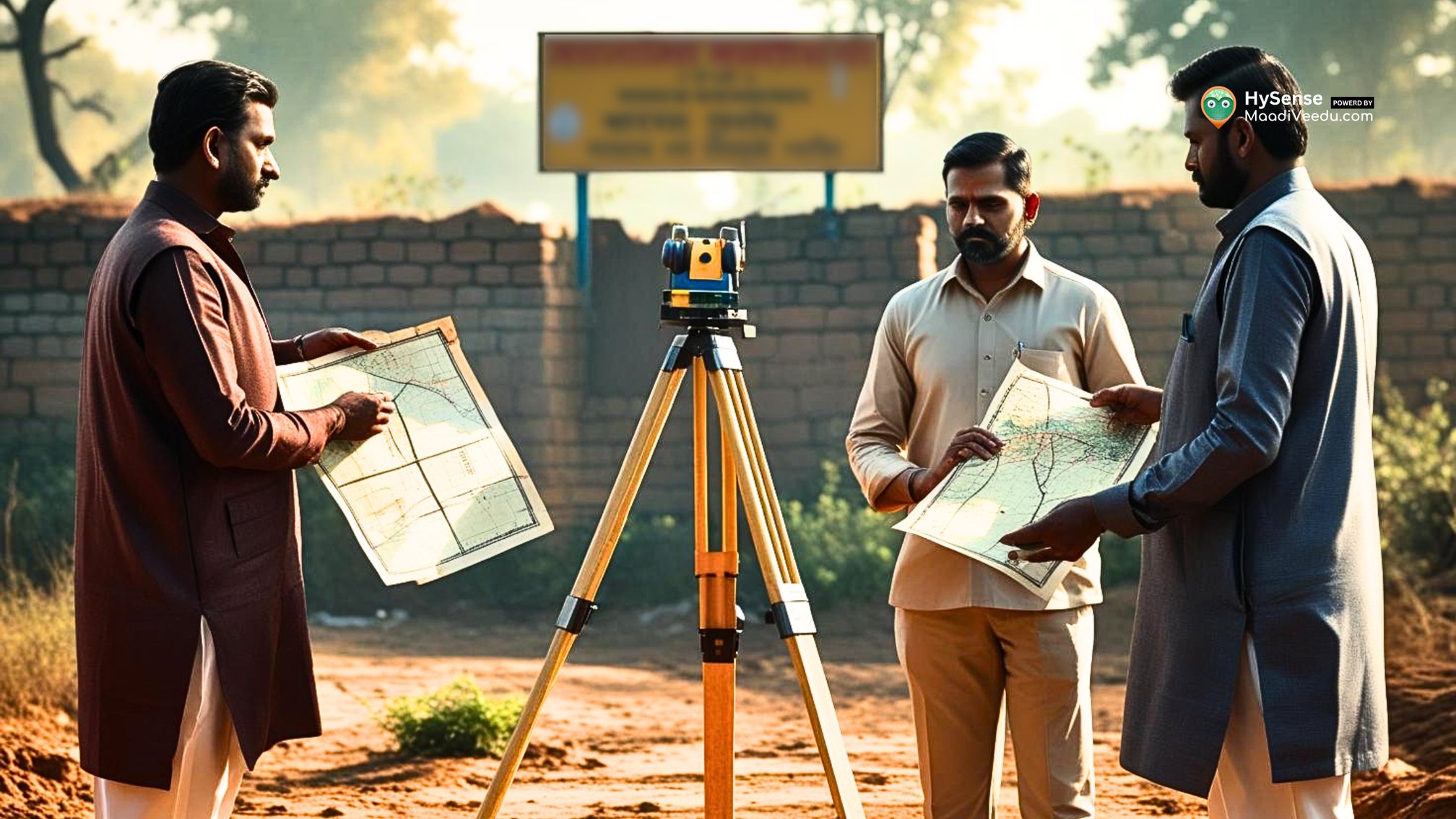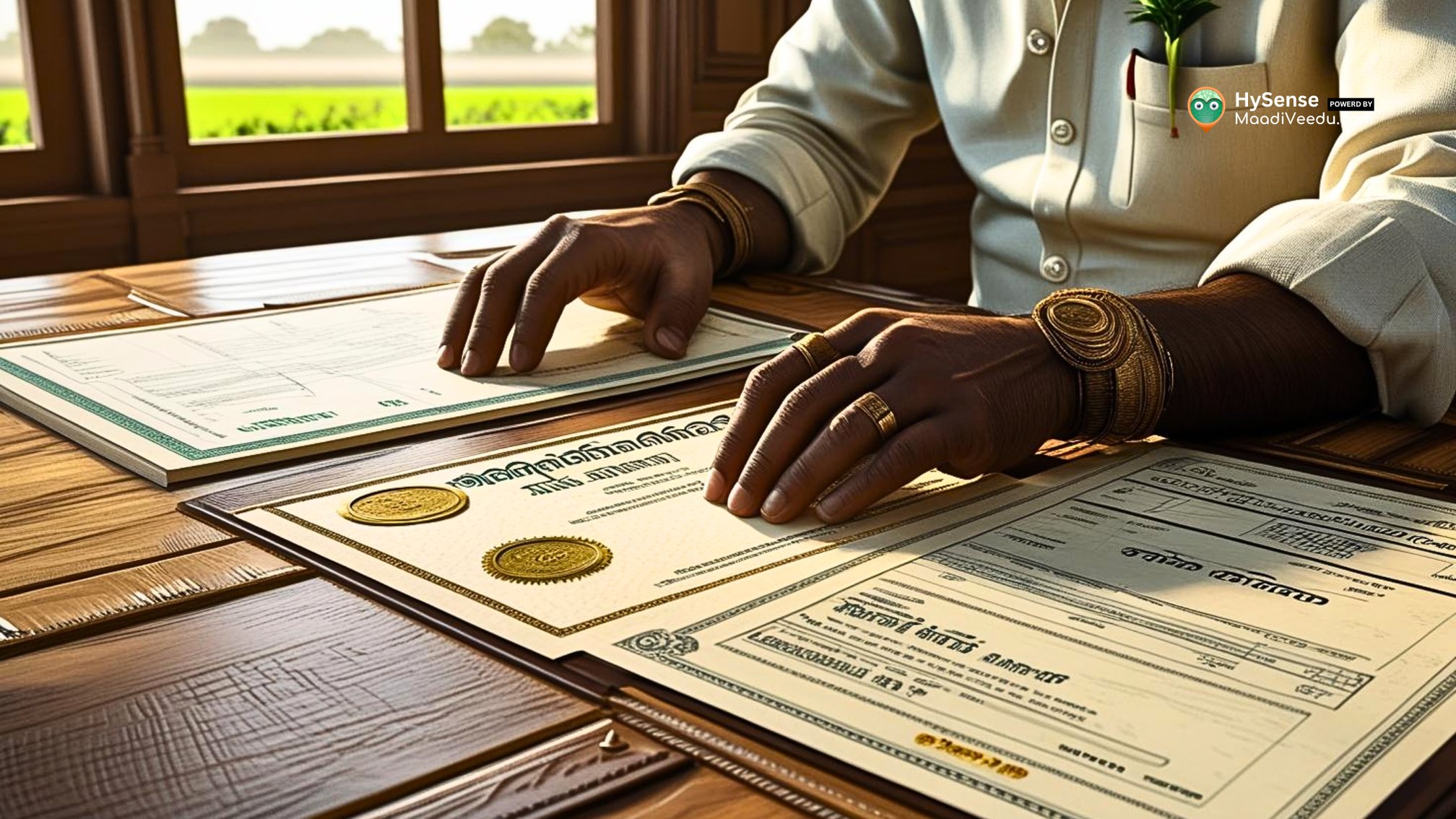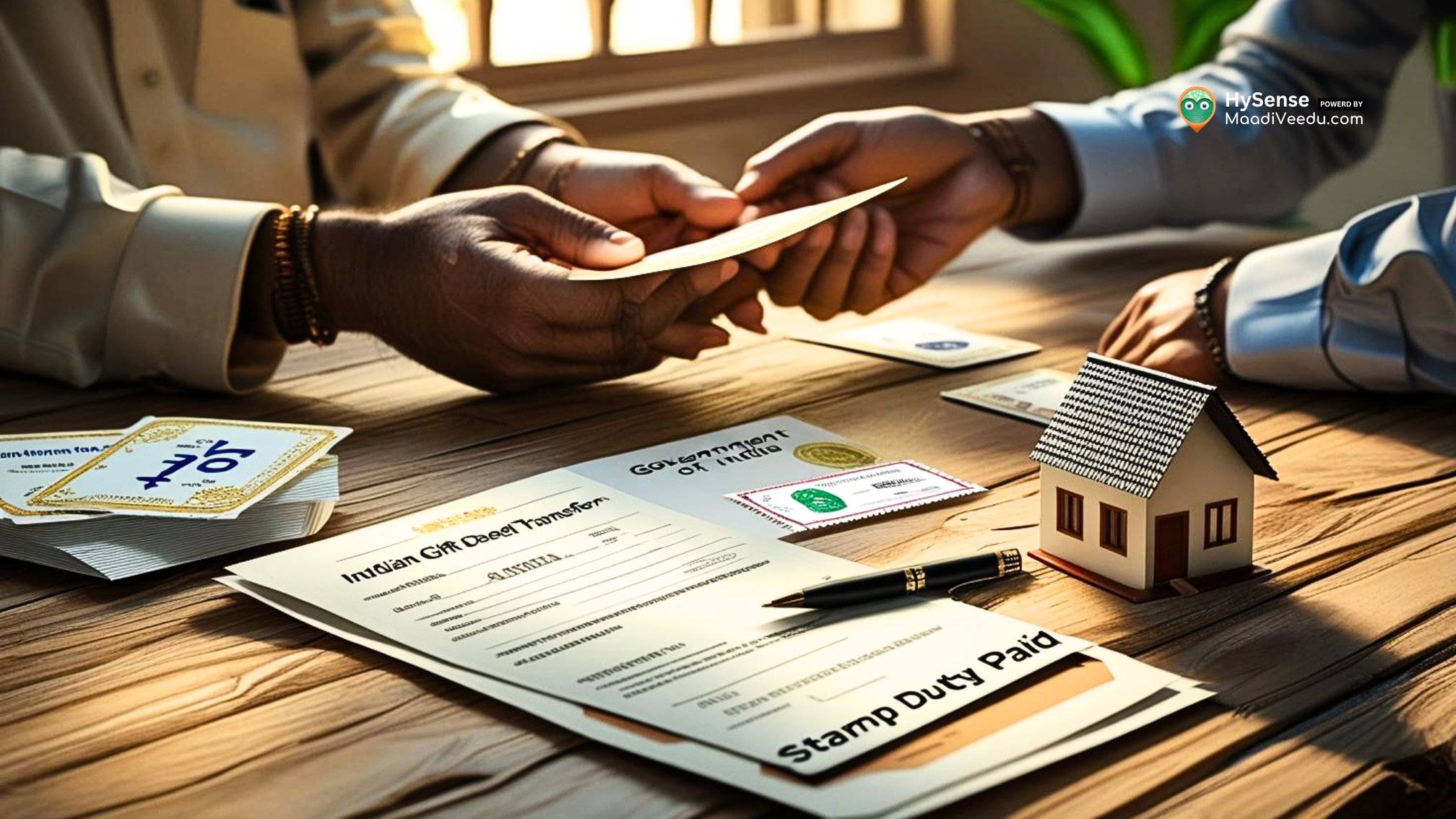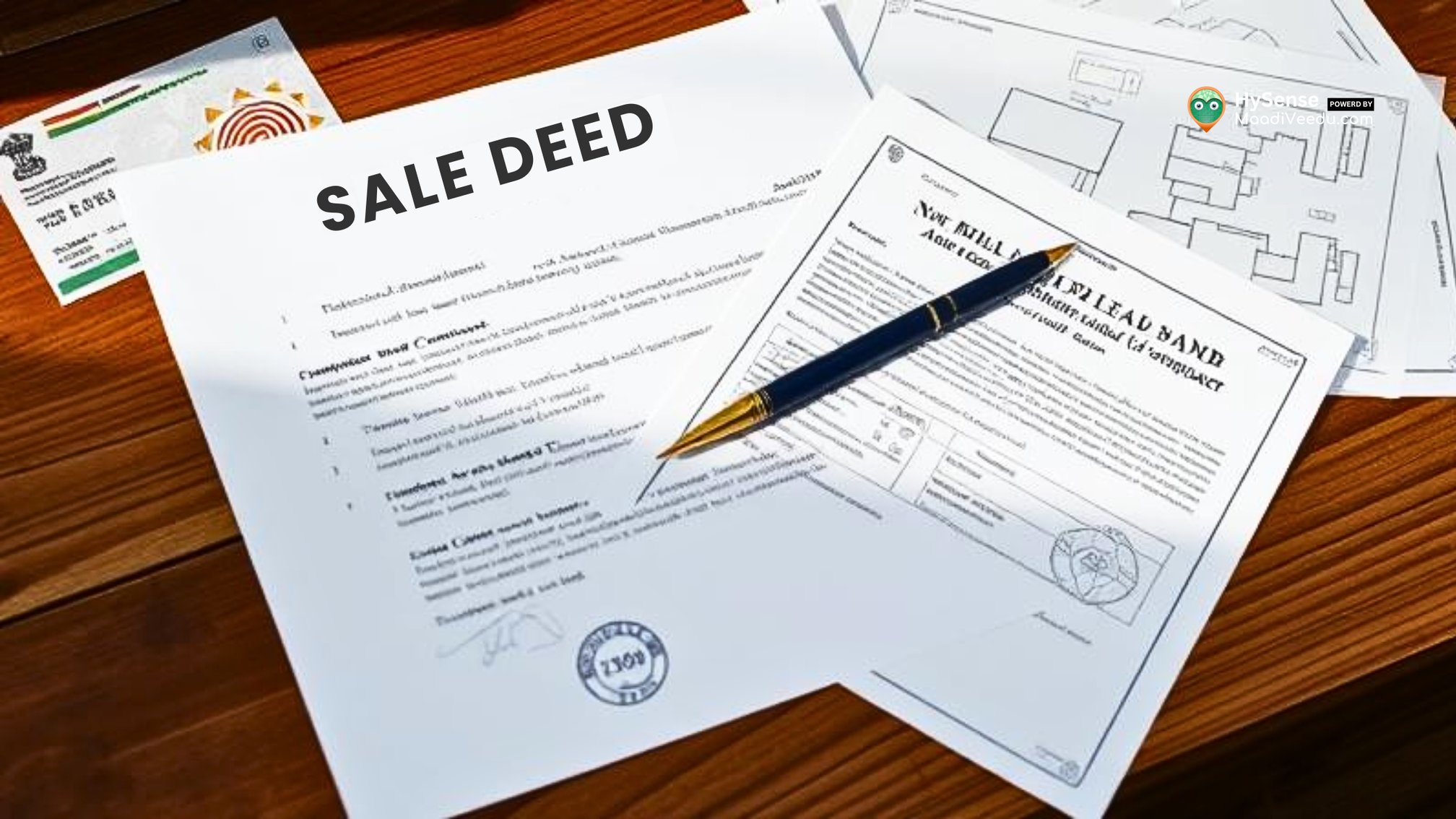Best Terrace Waterproofing Methods: 4 Effective Techniques to Prevent Leaks
Learn 4 effective terrace waterproofing methods to stop leaks, protect your home, and keep your terrace safe and durable for years.
Table of Contents
Why Ignoring Terrace Waterproofing Can Cost You Thousands
Imagine spotting a small damp patch on your ceiling or peeling paint on walls below your terrace. It seems minor, but this is often the first warning of a bigger problem—water leakage. In Chennai and other monsoon-prone cities, a leaky terrace can damage your home’s structure, cause mold growth, and even corrode steel reinforcements.
Terrace waterproofing isn’t just maintenance—it’s an investment that protects your home and your family. This blog covers the most effective waterproofing methods, practical tips, and maintenance advice so your terrace stays dry and durable for decades.
Here’s what you’ll learn:
- Why surface preparation is the foundation of waterproofing success
- 5 proven waterproofing techniques with pros and cons
- Maintenance tips to extend your terrace’s lifespan
Let’s dive in, starting with the most important step before you even apply waterproofing material.
Check out properties with well-maintained terraces to see how effective waterproofing enhances their value and longevity.
The Unsung Hero: Surface Preparation Is 90% of the Job
Even the best waterproofing material can fail if your terrace isn’t ready. Many DIY attempts fail because of poor surface prep. Here’s what to focus on:
1. Thorough Cleaning
- Remove dust, dirt, grease, oil, and old peeling coatings.
- Use a high-pressure jet wash for deep cleaning.
2. Repairing Cracks
- Chase and widen small cracks slightly.
- Fill them with non-shrink, polymer-modified mortar or flexible crack-filling compounds.
3. Ensuring Proper Slope (Screeding)
- A perfectly flat terrace is bad for drainage.
- Ensure a minimum slope of 1 in 100 towards drains to avoid water pooling.
4. Coving at Junctions
- Sharp 90° angles between terrace and parapet walls are weak points.
- Create a rounded mortar fillet (cove) at all junctions for a stress-resistant surface.
Proper surface preparation ensures your waterproofing lasts longer and performs better. Now, let’s explore the actual waterproofing techniques.
5 Effective Terrace Waterproofing Techniques
Each method has its advantages depending on your budget, terrace type, and local climate.
1. Cementitious Waterproofing
- What it is: Cement + sand + polymer additives form a rigid, waterproof barrier.
- Best For: Concrete surfaces, bathrooms, water tanks, or under tiles.
- Cost-effective, easy to apply, excellent adhesion, widely available.
- Cons: Rigid (may crack), not UV-stable (needs cover).
2. Liquid Applied Membranes (PU Coatings)
- What it is: A seamless liquid that forms a flexible, rubber-like membrane.
- Best For: Exposed terraces, complex shapes, or over existing waterproofing.
- Seamless, flexible, UV-resistant, versatile.
- Cons: Higher cost, needs uniform application, requires dry weather for curing.
3. Bituminous (Asphalt) Membranes
- What it is: Torch-on or self-adhesive sheets made of polymer-modified asphalt.
- Best For: Flat roofs, heavy rainfall areas, under tiles or gravel.
- Excellent water resistance, puncture-resistant, proven reliability.
- Cons: Seams are weak, black surface absorbs heat, needs protection from sunlight.
4. EPDM & Single-Ply Synthetic Membranes
- What it is: Factory-made rubber or synthetic sheets installed with adhesives, fasteners, or ballast.
- Best For: Large flat roofs, high-end homes.
- Durable (30–50 years), flexible, UV and temperature resistant, low maintenance.
- Cons: Expensive, professional installation required, can be punctured by sharp objects.
5. Crystalline (Integral) Waterproofing
- What it is: Chemical admixtures that penetrate concrete pores, forming crystals to block water.
- Best For: New concrete, foundations, water tanks.
- Becomes part of concrete, self-healing, permanent solution.
- Cons: Only works on concrete, doesn’t bridge large cracks, premium cost.
Quick Comparison: Which Method Fits Your Home?
Long-Term Care: Maintenance Tips
Even the best waterproofing fails without care. Follow these tips:
- Inspect Bi-Annually: Check terraces every spring and after the monsoon for cracks or peeling.
- Keep Drains Clear: Remove leaves, dirt, and debris to prevent ponding.
- Fix Ponding Water: Adjust slope if water remains for 48 hours.
- Gentle Cleaning: Use mild detergent; avoid harsh chemicals or high-pressure jets.
- Re-Coat When Needed: Liquid-applied systems may need topcoats every 7–10 years.
Read also: Parapet Wall Height Standards: Essential Guide for Safe Construction
Conclusion: Treat Waterproofing as a Complete System
Waterproofing isn’t just a product—it’s a system that combines preparation, correct application, and maintenance. By choosing the right method for your terrace and following best practices, you protect your home from leaks, structural damage, and expensive repairs.
Protect your investment today! For expert guidance and professional waterproofing services, visit www.maadiveedu.comand explore more tips at blog.maadiveedu.com.
Frequently Asked Questions (FAQ) – Terrace Waterproofing
1. Why is terrace waterproofing important?
Terrace waterproofing protects your home from leaks, dampness, mold, and structural damage. In cities with heavy rain like Chennai, it prevents costly repairs.
2. How often should I waterproof my terrace?
Most waterproofing systems last 5–10 years (cementitious) or 15–25 years (PU/bituminous). Inspect your terrace every 6 months and re-coat if needed.
3. Which waterproofing method is best for Indian homes?
It depends on your terrace type:
- Cementitious – under tiles, affordable
- PU Liquid Membrane – exposed terraces, flexible
- Bituminous Sheets – flat roofs, heavy rainfall
- EPDM/TPO Membranes – large terraces, high-end homes
4. Can I do waterproofing myself?
Simple methods like cementitious coatings can be DIY, but liquid membranes, bituminous sheets, or EPDM membranes require professional installation for best results.
5. How can I prevent ponding water on my terrace?
Ensure a proper slope of at least 1 in 100 towards drains, clean drains regularly, and repair cracks immediately. Standing water shortens the life of any waterproofing system.











